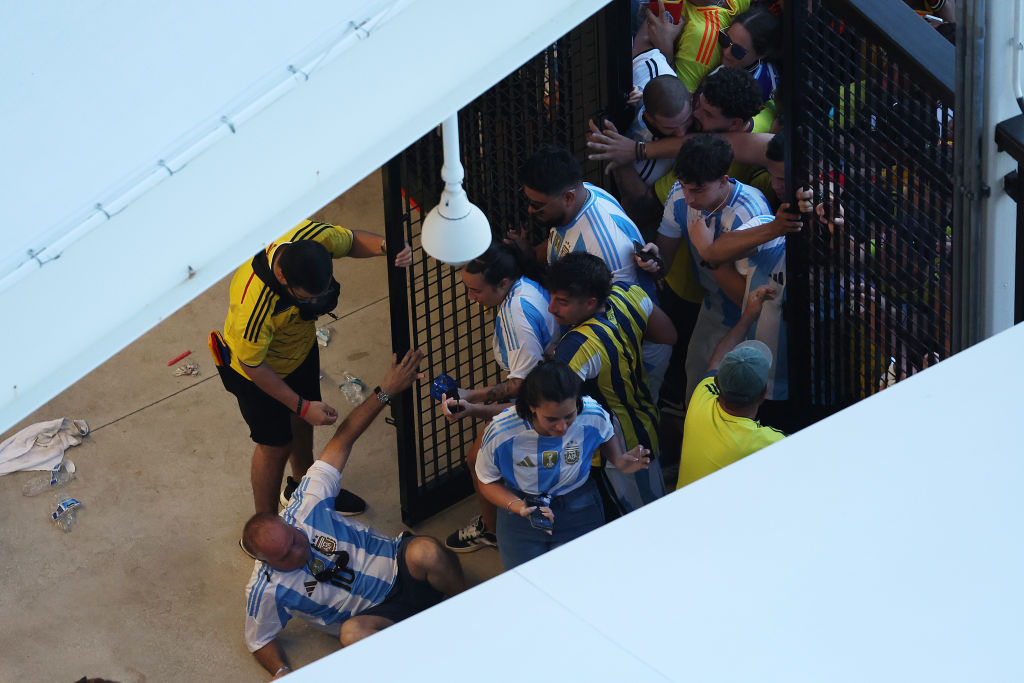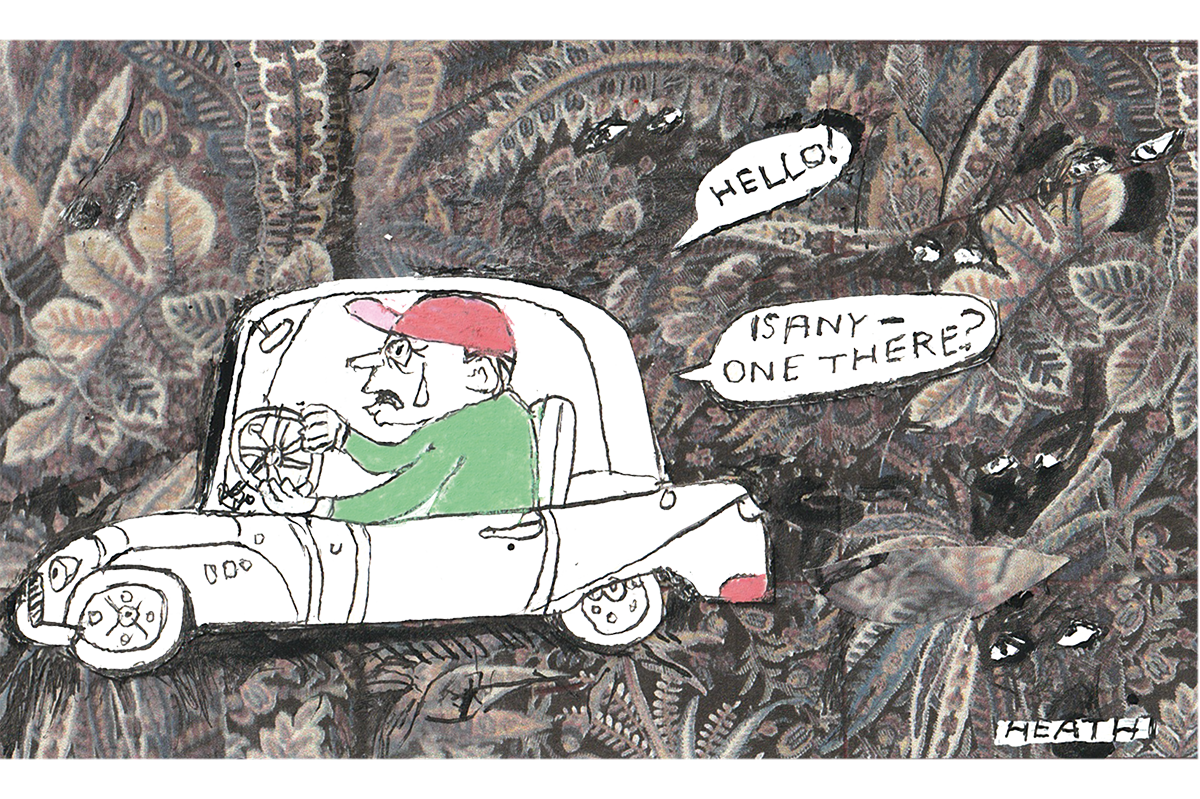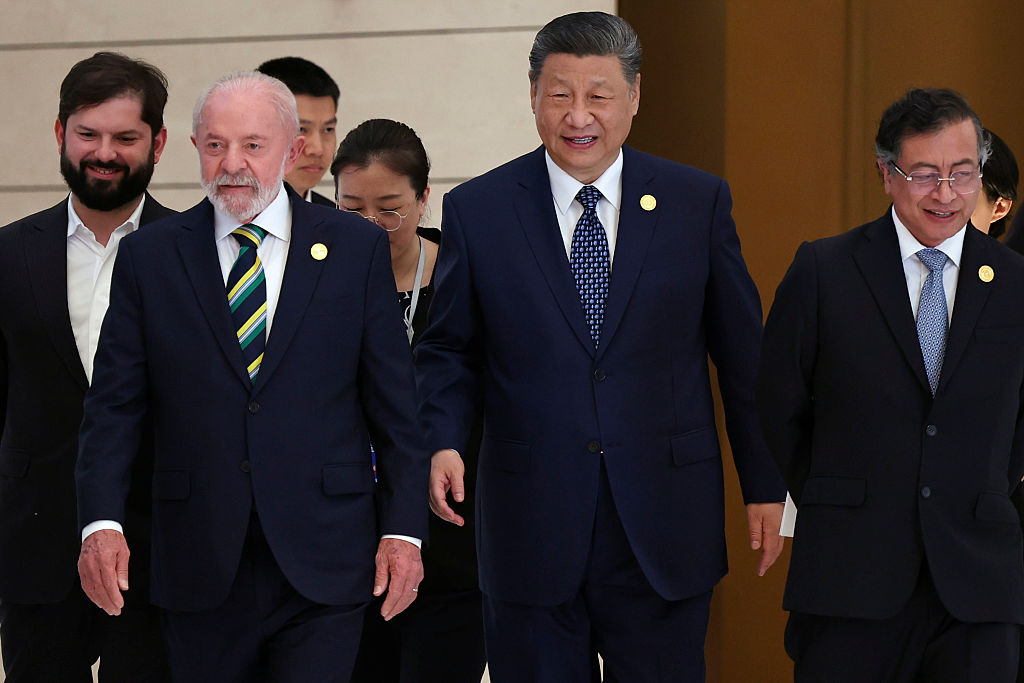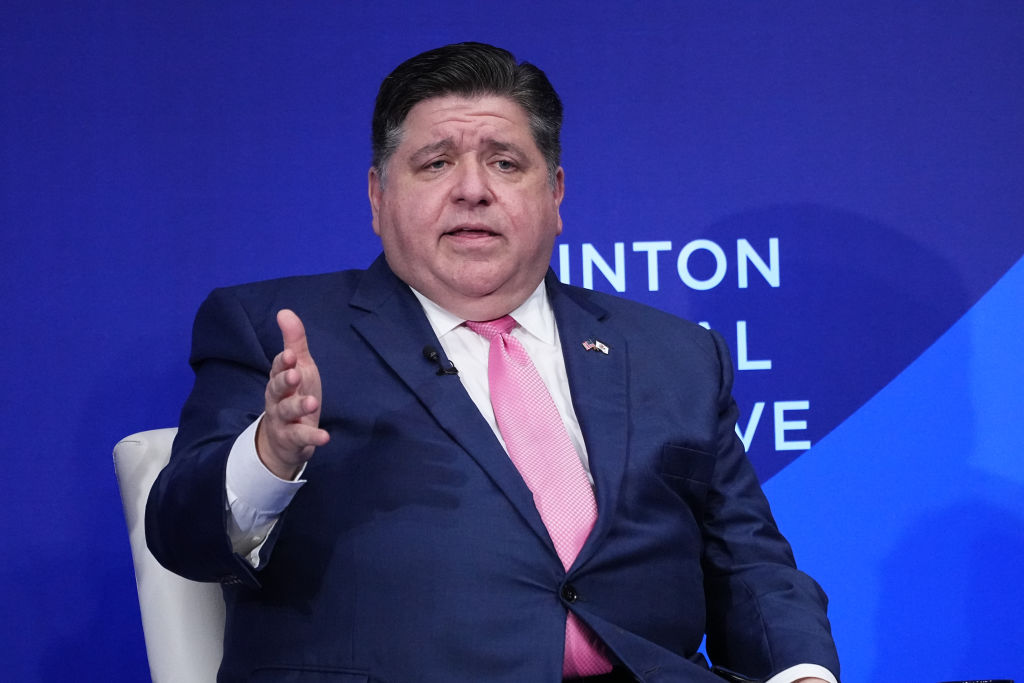This year’s Copa América soccer tournament in the US was a dress rehearsal for the 2026 World Cup, which will also be hosted by the US, along with Canada and Mexico. And to put it mildly, folks appear to hate the dress. With the US group opener against Bolivia barely attracting 48,000 fans to an 80,000-capacity stadium and players voicing frustration over the conditions of the fields, public opinion already seemed to not be on the host’s side.
What transpired last night, however, likely caused more anti-US sentiment in the western hemisphere than any military intervention. Miami’s Hard Rock Stadium was placed under lockdown shortly before the opening whistle, as crowds of Colombian and Argentine fans attempted to force entry into the stadium as if they were illegal immigrants with their eyes on McAllen, Texas. This led to the kickoff being delayed by more than an hour, extending what also became an extra-timed game into the late hours of the night. Two catastrophic security failures in one week: what’s going on America?
American exceptionalism has always been tied to its sports. What the world calls football, we call soccer. What we call football, they call American football. Whatever we think about the sport, with half of the planet watching “the beautiful game,” power-players like Russia, Saudi Arabia and China have been trying to raise their status via soccer. This is what made this year’s Copa América more of a geopolitical exercise than a serious tournament — although the goal was to appear like the latter in pursuit of the former.
The US hosted this tournament for the first time in 2016. Before that, the competition previously known as the South American Football Championship was mainly an event reserved for South Americans — who like the Europeans, live and breathe soccer.
The thing about sports is that nothing else demonstrates the primacy of culture like it. How is it that Uruguay, with its 3.4 million citizens, have two World Cups? It’s crazy when you think of it. Yet while the national teams of some major countries are weak, the reality is that one of the most spoken languages in the world is soccer. America is quite the exception here: just ask the men who got stuck waiting for the game to start last night. Many of us found ourselves teaching soccer to our guests before kickoff.
While it was lovely to see Argentine legend Lionel Messi stop crying after having to exit the game, carrying the cup with his now-retired friend Angel Di Maria, what happened last night was disastrous for America and for soccer. The fans’ behavior reflected badly on the sport’s culture — put yourself in the shoes of the Bobs that decided to give it a try last night. On the other hand, the failure to keep order on such an occasion, especially for what many countries see as a civilized nation, reflected extremely poorly on the United States.


























Leave a Reply